Forgotten Temples of Kashmir - Part4
|
|
|
Forgotten Temples of Kashmir
Photo series Part-4 An effort to preserve and record Hindu cultural and religios heritage of Kashmir VICHAR NAG TEMPLE The seat of discussion and thought 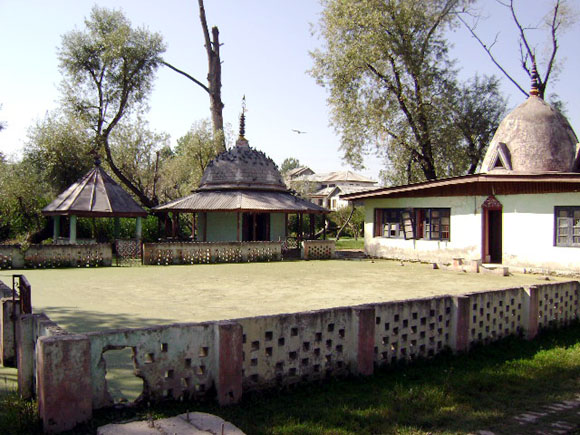 Exclusive images and report from a remote village in Kashmir provided for Shehjar by Chander M. Bhat |
|
“Destroyed
is my delusion as I have gained my knowledge through thy grace, “O”
Krishana. I am now freed from all doubts. I will act according to my
word; promised Arjuna after listening to wonderful recitals from
Yogeshwar. This thought or Vichar of Kesva transformed a non act into
decisive action. The recitals of this sacred thought are now blood in
the veins of Sanatan Dharma.”
Beating
the dreams of thought in the heart of the land of Kashyapa, the
blissful Vichar Nag gained popularity due to, it, being the seat of
discussion and presentation of thought for learned Kashmiri ethos for
settlement of disputes of Panchang, Mahurats and religious reformations.
Vichar Nag is situated on Srinagar-Leh highway at a distance about 9 km from commercial centre of Kashmir, Lal Chowk. On Chaitra Amavasiya, the last day of Kashmiri calendar, a festival is celebrated at this place. Legendary Shri Bhat, the bane of transformation of Sultan Zainulabidin ‘Badshah’ hailed from this area. |
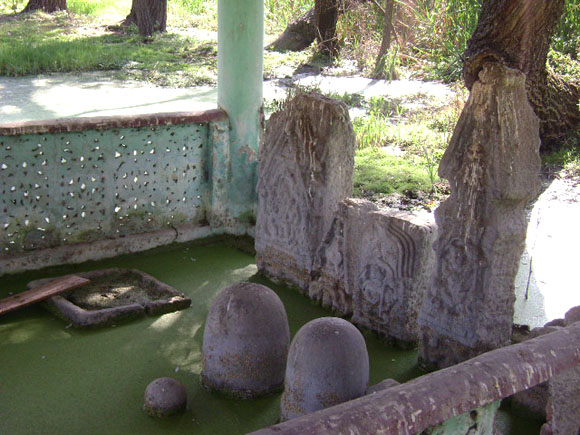 Satisar was a lake only and non-attendance of devotees would revive this tradition on all faces of faith if the faith does not revive our sentiments. |
|
Vichar
Nag is in the heartland of Naushara locality of outer Srinagar. Famous
Anchar Lake is adjacent to this monumental pride of ancient Kashmir.
Vichar Nag has also a historical place on its east known as Awanta
Bhawan dating its origin to king Meghwahana and this place finds its
traces in Kalhan Pandits Rajtarangni as built by Meghwahans wife Queen
Amrita Prabha.
Vichar Nag is famous for its spring and two age old Shiva temples. One temple is made of chisled and dressed devri stones. There is a necklace of springs but the locket is the big spring which is a centre of attraction and sanctity. The spring has a length of 430 feet and breadth of 35 feet. Big sized ‘Devri’ stones have been used for construction of stairs to the spring on West and South side. There is no access on north and east side probably to face the morning glory of the Sun. The spring has a boundary walling of stones and the images of some Devi, Devtas are inscribed on them. In the middle of the spring there is a stone cylinder of about 3 feet height and a Shivalingam is resting on it. On one corner, the water gushes out from a small outlet and fills the other springs. From there the water comes out in the shape of a small brook and joins the outlet brook of ‘Mukhta Pukhri’ spring. After covering a sizeable distance it flows into Lake Anchar. The spring water contains different verities of fish. The water turns ice cold in summer and lukewarm in winter. It is held that this spring changes its colour from time to time and images of any blackish colour are held as most in-auspicious. In the vicinity of Vichar Nag, there are many springs and water of some of the springs has clinical value as it is useful in treatment of some skin diseases. Vichar Nag had a number of willow trees in its surrounding and now only few of them can be traced. Even Kalhan Pandit had mentioned existence of walnut trees in Vichar Nag and mentioned about the simplicity of Kashmiri Pandits living in and around this temple. Vichar Nag was seat of thought and Kashmiri Brahmins used to discuss Panchang over here. It is believed that one learned Kashmiri Brahmin Sh. Vasdev’s ‘almnac’ was once held as incorrect by some other Brahmins. After discussion at this place, the work of Sh. Vasdev Pandit was found correct. On Chaitra Amavasiya, the last day of Kashmiri calendar, a festival is celebrated at this place. On this day devotees take a bath in the holy spring and there after performed puja in the Shiva Temple known as ‘Vichar Saheb’. It is believed that 4th Buddhist council, which was held in Kashmir also, was held at Vichar Nag. Vichar Nag was a transit spot for pilgrims of Kshir Bhawani, Tullamulla and Gangabal as scarce transport facilities did not allow continuous journey. Before the displacement of Kashmiri Pandits from the valley, the management of this holy shrine was in the hands of trust Asthapan Vichar Nag. Would now some body come and see from the erstwhile managers that the Vichar Nag spring is now an abode of water plants with a green top rest hiding clear crystal water and Vichar Saheb seeing dogs; resting in his place, where he used to see Dhoop, Agarbaties, Bel leaves and flower petals from devote Kashmir’s. Would the Government authorities wake up and see Dharmshalla with hallowed doors and windows? Would any body from authorities raise his hand and bring back the glory and legacy of Vichar Nag? Hey, if we don’t care, we will loose this great inheritance to encroachment and time. Remember Vichar Nag was a place where time was decided and now time should not be allowed to decide it. |
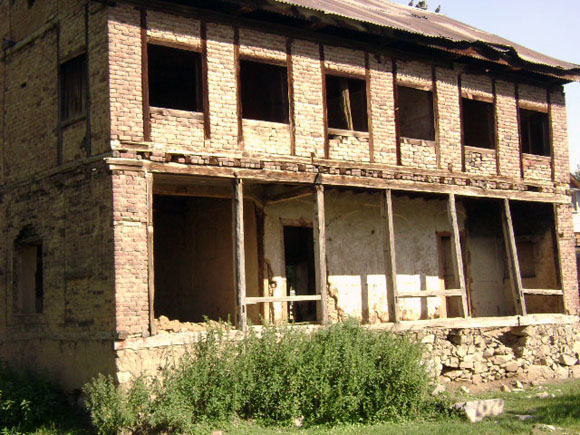 No doors no windows. This is what these 20 years have done to this great shrine |
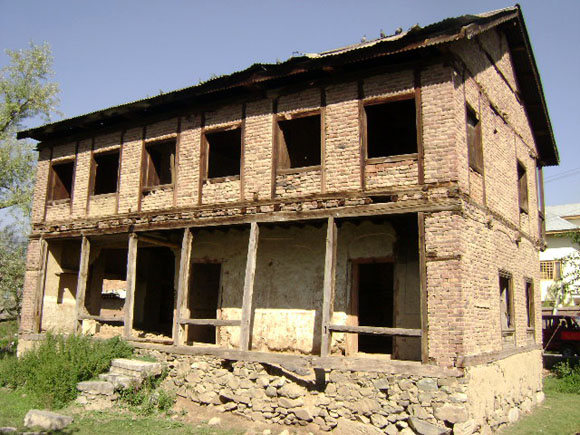 Zealots inflicted Bamian on this holy abode |
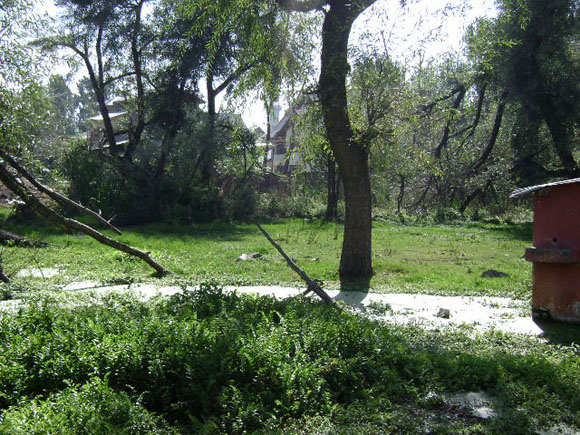 I was once a heaven and now is a living hell |
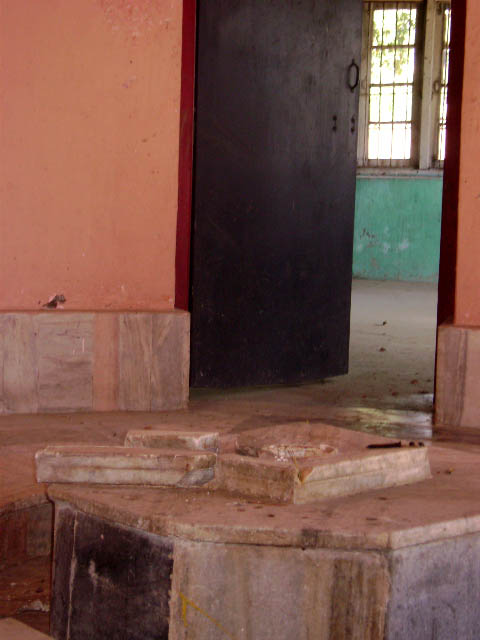 Shiva is enternal it never falls |
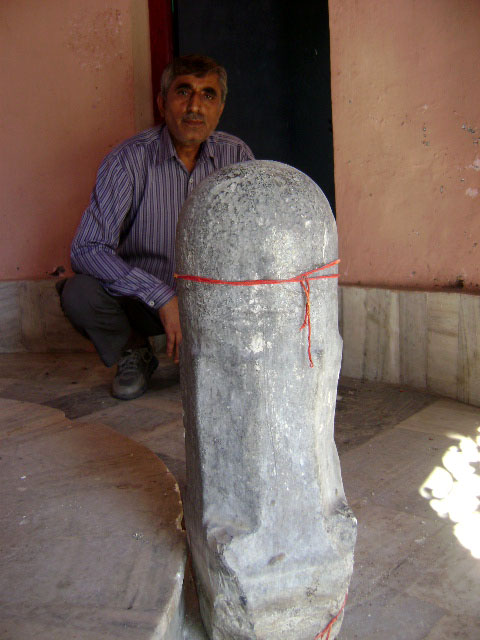 Tilting Shiva is still the lord of the world |
 My heart is bleeding seeing the people ignoring me. |
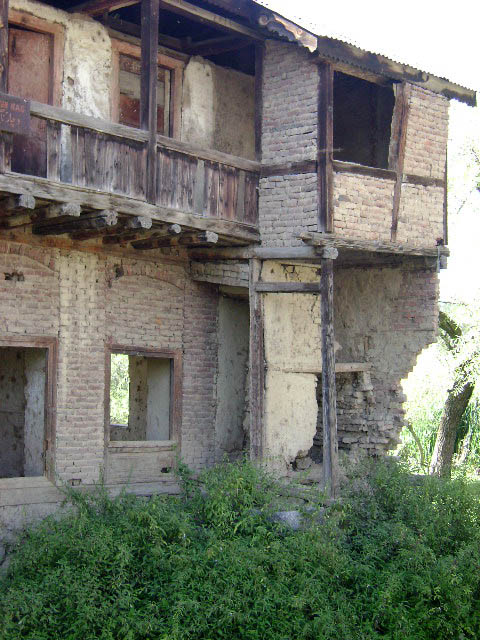 Budhshikan is back in action |
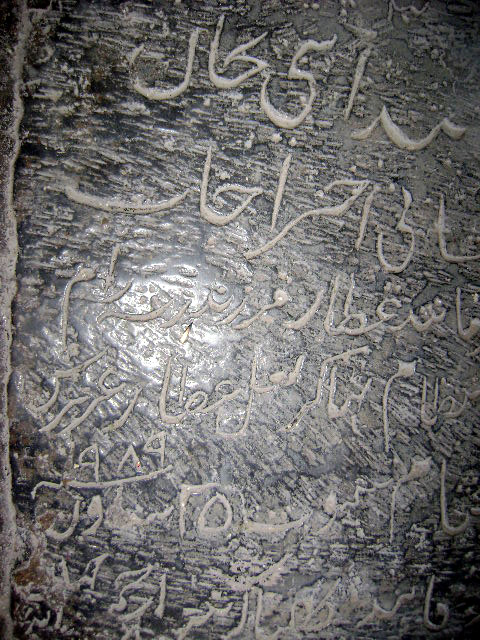 There are hearts who don't factorize faith, they only know the language of sprituality |
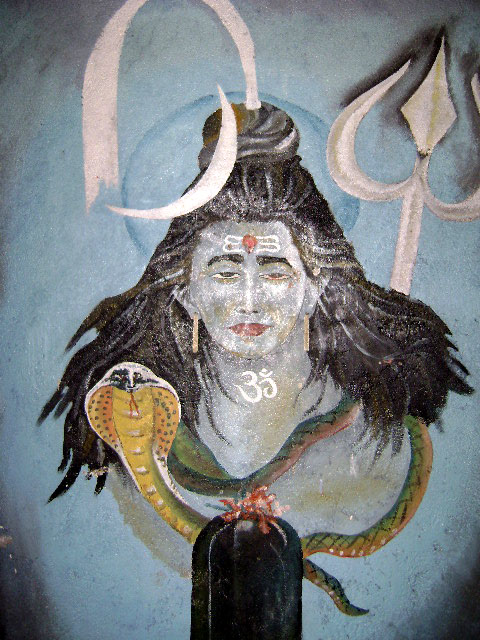 Colours of Life never fade if it has spritiual salt in it |
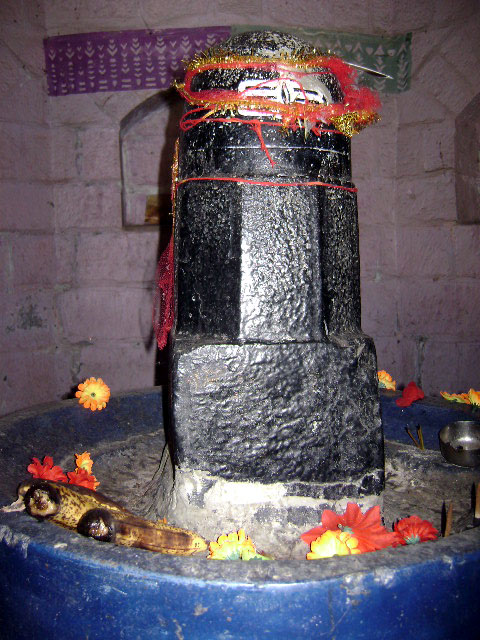 Lord Shiva never knows last supper but it suppresses all Mahishasurias who soever tries to reign |
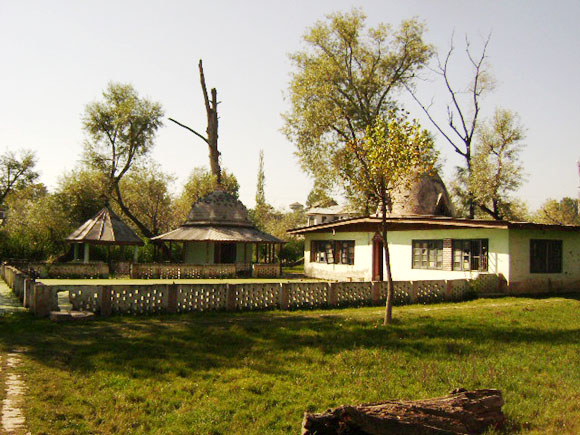 A dead spring to the living Shiva |
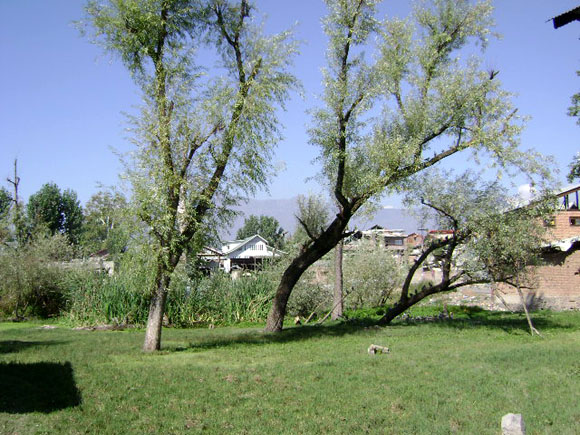 When no one looks nature also looks down upon |
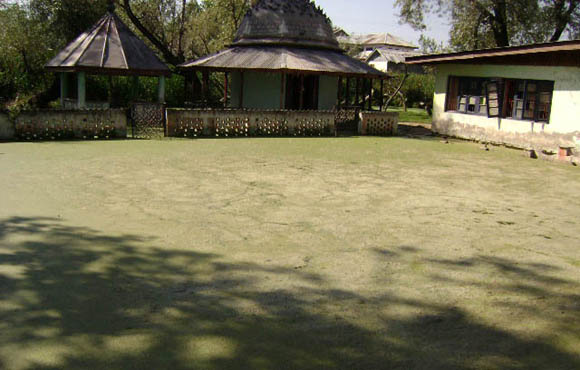 Everything is not the same |
|
|
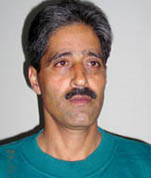 *Born
on 20th March, 1960 in Murran a village in North Kashmir, Chander M.
Bhat is presently working as an Assistant Supdt. Posts, in Department of
Posts, Govt. of India. His articles regarding Posts and of
non-political nature stand widely published in various papers and
magazines of the country. A booklet 'How to Collect Stamps" published by
the Department of Posts, has earned him genuine accolades. He worked on
the project of tracing the roots of his co-villagers and of the village
Murran, resulting into the culmination of a widely acclaimed book
"Murran -My Village". Man with depth, Chander M. Bhat has also another
book, "Ocean by Drops" (collection of poems) in his vase having colorful
poems. His book "Ancient History of Jammu and Kashmir", confirms his
researching capability. Various research papers like "The Splendor that
is Amarnath" and "Vitasta" The Sacred River of Kashmir" are valuable
additions to his works that has proved very fruitful and guiding force
in the exile period of Kashmiri Pandits community of which the author is
also a member.
Presently
the author is working on "OOL - THE NEST" a six volume project on all
the 595 (each volume of about 2500 pages)Kashmiri Pandit villages of
Kashmir. *Born
on 20th March, 1960 in Murran a village in North Kashmir, Chander M.
Bhat is presently working as an Assistant Supdt. Posts, in Department of
Posts, Govt. of India. His articles regarding Posts and of
non-political nature stand widely published in various papers and
magazines of the country. A booklet 'How to Collect Stamps" published by
the Department of Posts, has earned him genuine accolades. He worked on
the project of tracing the roots of his co-villagers and of the village
Murran, resulting into the culmination of a widely acclaimed book
"Murran -My Village". Man with depth, Chander M. Bhat has also another
book, "Ocean by Drops" (collection of poems) in his vase having colorful
poems. His book "Ancient History of Jammu and Kashmir", confirms his
researching capability. Various research papers like "The Splendor that
is Amarnath" and "Vitasta" The Sacred River of Kashmir" are valuable
additions to his works that has proved very fruitful and guiding force
in the exile period of Kashmiri Pandits community of which the author is
also a member.
Presently
the author is working on "OOL - THE NEST" a six volume project on all
the 595 (each volume of about 2500 pages)Kashmiri Pandit villages of
Kashmir. |
|
|
| Copyrights © 2007 Shehjar online and KashmirGroup.com
. Any content, including but not limited to text, software, music,
sound, photographs, video, graphics or other material contained may not
be modified, copied, reproduced, republished, uploaded, posted, or
distributed in any form or context without written permission. Terms & Conditions. The views expressed are solely the author's and not necessarily the views of Shehjar or its owners. Content and posts from such authors are provided "AS IS", with no warranties, and confer no rights. The material and information provided iare for general information only and should not, in any respect, be relied on as professional advice. Neither Shehjar.kashmirgroup.com nor kashmirgroup.com represent or endorse the accuracy or reliability of any advice, opinion, statement, or other information displayed, uploaded, or distributed through the Service by any user, information provider or any other person or entity. You acknowledge that any reliance upon any such opinion, advice, statement, memorandum, or information shall be at your sole risk. |
Comments
Thanks Chander for giving the latest picture of the temple.You are doing a great job.
Added By Opender Koul

No comments:
Post a Comment